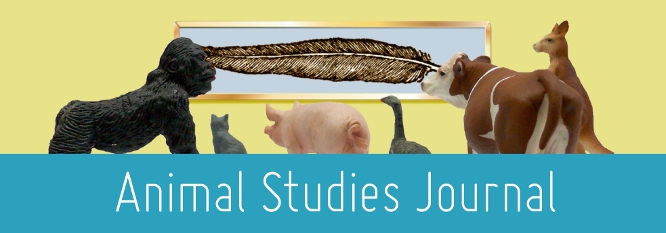Home > assh > ASJ > Vol. 7 (2018) > No. 1

Abstract
Although sociology of animals is a contemporary specialisation examining human-animal interactions, little research explores rural animals. Content analysis of non-companion animals’ news visibility in a rural Australian newspaper in 2016-2017 found 311 articles represented 3 categories of news-reporting. Findings evidence human lexicon, not animal news-reporting, greatly reducing animals’ substantive media presence and socially-legitimated cultural attitudes and journalism practices normalised humans’ power to treat rural animals in ways benefiting humans. Animals were depicted as dangerous, harming humans and each other, requiring killing for environmental management (legitimated by culling and food production claims), as commodities for human entertainment, products, and/or cultural rituals. News-reporting reflected disparity of treatment and attitudes for native and agricultural animals and reflected speciesism and anthropocentrism, with socially-legitimated subjugation and animal killing characterising most human/non-companion animal interactions in rural Australia. Contextualised amid multi-disciplinary theory and research, the article concludes rurality generally, and agrarianism specifically, requires prioritisation as a cultural factor affecting the social change needed to benefit rural animals.
Recommended Citation
Ragusa, Angela T., What if I want to Put a Cow Down with a Gun? Sociological Critical Media Analysis of Non-companion Animals’ Representation in Rural Australian News, Animal Studies Journal, 7(1), 2018, 226-247.Available at:https://ro.uow.edu.au/asj/vol7/iss1/11
Included in
Art and Design Commons, Australian Studies Commons, Creative Writing Commons, Digital Humanities Commons, Education Commons, Feminist, Gender, and Sexuality Studies Commons, Film and Media Studies Commons, Fine Arts Commons, Philosophy Commons, Social and Behavioral Sciences Commons, Theatre and Performance Studies Commons

